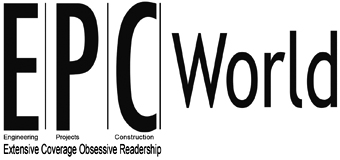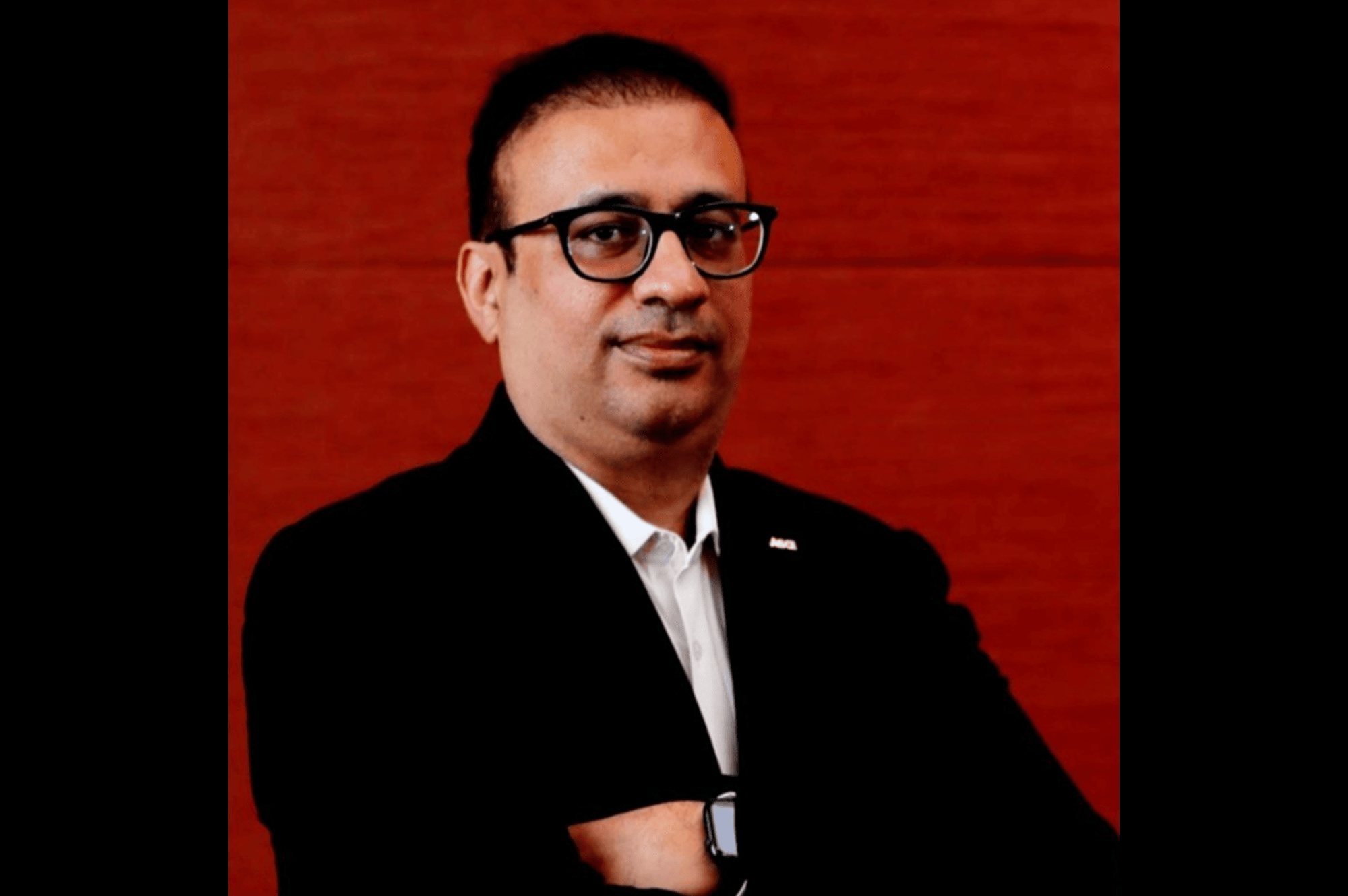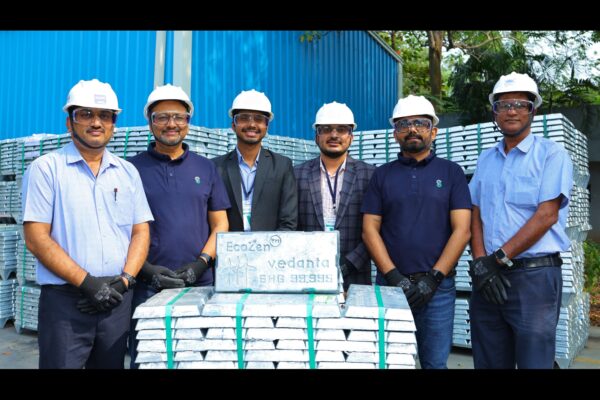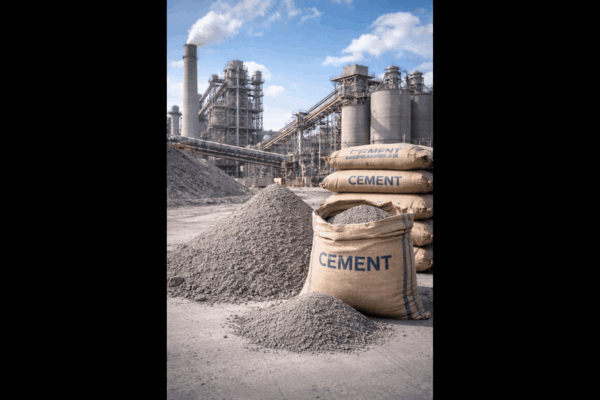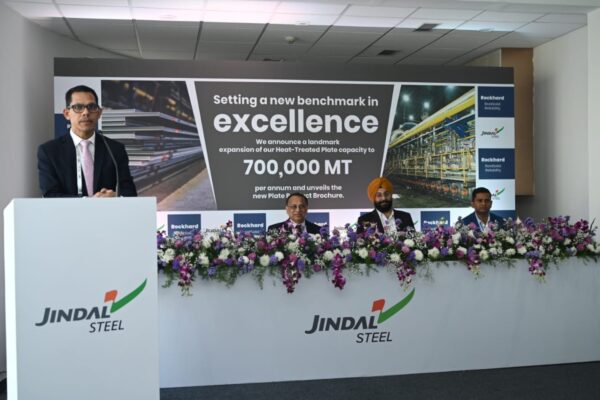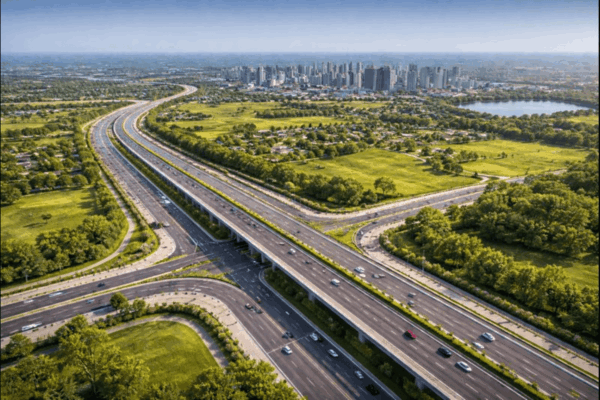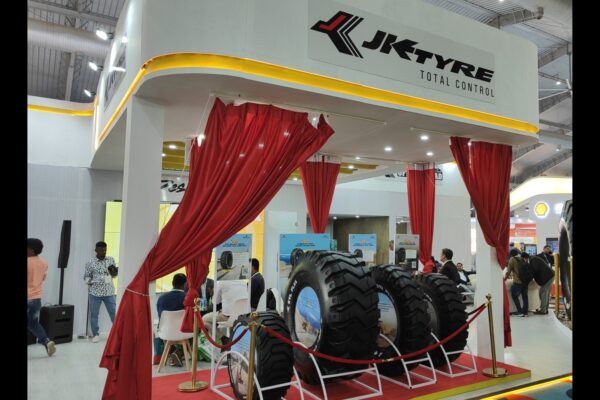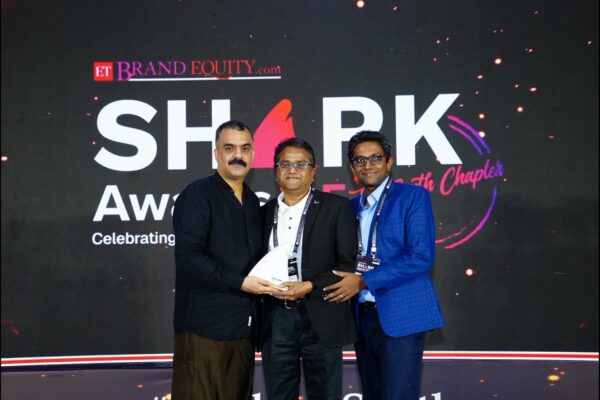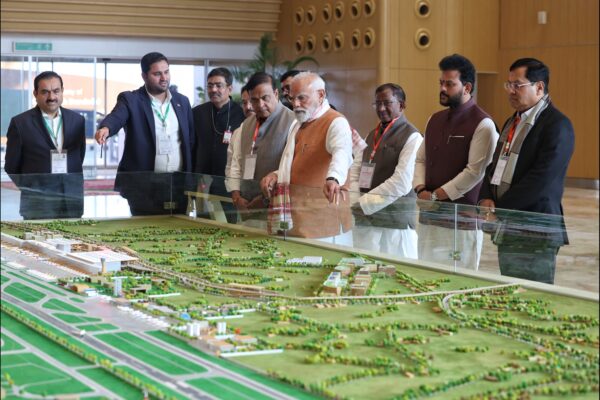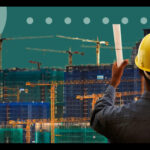Interview: Vipul Surana, Vice President and Head of Transit & Rail, AECOM India
In an interaction with EPC World, he shares his perspectives on urban mobility, digital infrastructure, and a leadership philosophy grounded in ownership and innovation.
Mr. Surana, to begin with, could you take us through your journey with AECOM and how your role has evolved in leading the transit and rail vertical in India?
My journey with the company began in 2018, when I joined as Regional Director for Operations in Gurgaon. Shortly thereafter, I moved to Mumbai to lead the Transit West Region, which became one of AECOM’s fastest-growing markets. Over the years, I have had the privilege of steering several iconic projects, including the Mumbai Coastal Road Project, the Mumbai Trans Harbour Link (MTHL), the Male Bridge in Maldives, and Mumbai Metro Line 3. Last year, I was entrusted with the responsibility of leading the Transit business across India, and more recently, the Railways portfolio was added to my remit. What started as a small team of just three professionals has today grown into a 900-strong workforce. Alongside my business responsibilities, I continue to serve as Team Leader for the Mumbai Coastal Road Project, one of the most complex infrastructure undertakings in India. I also represent AECOM on global platforms, having recently spoken at the International Association of Bridge and Structural Engineers annual event in Prague and the World Tunnel Conference in Athens.
AECOM has been associated with several marquee projects in Mumbai. In your view, how have these projects transformed the city’s connectivity and overall commuting experience?
AECOM has played a defining role in shaping Mumbai’s urban transformation over the past decade through its involvement in landmark projects. These projects have not only enhanced connectivity and mobility but have also redefined the city’s image, economy, and environment. The Mumbai Trans Harbour Link, now known as Atal Setu, is India’s longest sea bridge and has dramatically cut travel time between Mumbai and Navi Mumbai from hours to just 20 minutes. Its advanced engineering features—from earthquake-resistant design to eco-friendly lighting—make it a true engineering marvel. The project has unlocked significant economic opportunities by linking the island city to the mainland, boosting real estate, trade, and regional integration.
Equally transformative has been Mumbai Metro Line 3, the underground corridor that connects Cuffe Parade to Aarey. By halving travel times between key hubs, easing congestion, and offering a modern, safe, and sustainable commuting experience, the line is changing how Mumbai moves. With seamless integration into the city’s transport network, it not only improves quality of life but also supports the city’s economic ambitions and climate goals.
The Mumbai Coastal Road Project is another game-changer. By providing a high-speed corridor along the city’s western seafront, it has significantly reduced travel times between South Mumbai and the suburbs, decongested arterial roads, and introduced a new dimension of urban living with promenades, green spaces, and cycling tracks. Advanced traffic management systems, emergency lanes, and sustainable design elements make this project both a commuter-friendly and environmentally conscious development.
Together, these projects have elevated Mumbai’s urban fabric by reducing congestion, enabling faster commutes, creating jobs, attracting investment, and fostering sustainable growth.
Among AECOM’s ongoing and upcoming transit initiatives across India, which projects do you find the most exciting and impactful?
Among the many projects underway, the Mumbai Coastal Road Project stands out as particularly exciting. It brings together some of the most advanced elements of civil engineering—twin tunnels under the sea with a state-of-the-art Saccardo ventilation system, large-scale land reclamation, monopile foundations for sea bridges, intelligent traffic management systems, and the creation of a 20-meter-wide seafront promenade. What makes it even more remarkable is the way it overcame immense challenges, including major construction milestones achieved during the pandemic. It is a project that embodies engineering excellence while creating long-lasting social and environmental value for the city.
Could you highlight AECOM’s role in developing data centers in Maharashtra and their significance for the state’s digital economy?
AECOM has been at the forefront of supporting Maharashtra’s rapid digital growth by delivering multiple large-scale data center projects in Mumbai. At any given time, we have managed eight to ten projects simultaneously, serving both hyperscalers and co-location providers. Our expertise spans the entire lifecycle—from site selection and design to construction supervision and project management—for facilities ranging from 20 MW units to 100 MW+ campuses. Mumbai accounts for nearly 60 percent of India’s data center capacity, and the state’s overall capacity is projected to grow from 500 MW to 800 MW by 2028. These projects not only strengthen Maharashtra’s position as the country’s digital hub but also underpin the broader economy by enabling cloud services, financial systems, and AI-driven innovation.
Looking ahead, what is AECOM’s vision for Maharashtra and the broader western region? Which sectors or project types do you see as the strongest opportunities for growth?
Maharashtra, with a GSDP of USD 440 billion and contributing 13.5 percent to India’s GDP, is the country’s most industrialized state and one of its largest economies. Mumbai, as the financial capital, anchors this growth and offers a dynamic platform for infrastructure development. AECOM’s vision for Maharashtra and the western region is fully aligned with our global purpose: to create opportunities for everyone through infrastructure that uplifts communities, enhances access, and sustains the planet.
Our strategic roadmap for the state is clear. Our ambition is to establish a strong regional presence recognized for leadership in sustainability and innovation. The strongest opportunities for growth lie in transit and rail, buildings and MEP, ports and marine, master planning, environment and water, and energy. Specific projects with transformative potential include Regional Rapid Transit Systems, high-speed and semi-high-speed rail links, major sea link corridors such as the Uttan-Virar project, new metro lines, expressways, and airport connectivity infrastructure. These initiatives will not only accelerate economic growth but also reinforce Maharashtra’s standing as a global hub for sustainable urban development and innovation.
From AECOM’s global presence, what best practices are you adapting to address the unique challenges of India’s transit and rail projects?
From AECOM’s global experience, we have adopted several best practices to address the unique challenges of India’s transit and rail projects. We leverage the latest technologies and tools to analyze mobility patterns and commuter behavior, enabling more informed planning and efficient operations. At the same time, we focus on building sustainable and resilient infrastructure, integrating nature-based solutions to help railway and transit systems withstand the impacts of climate change and ensure long-term viability.
On a personal note, what defines your leadership philosophy, and what advice would you offer to young professionals who aspire to contribute to India’s infrastructure growth story?Leadership stems from ownership. Personally, given a task, I have always owned it and pursue it to its best conclusion. I also possess the unique skill to sense one’s output or productivity by his/her talk and accordingly maneuver to achieve the desired result from him/her. This defines my philosophy. I find in today’s youth very high potential to achieve their goals in a much smarter way by embracing technology to their best abilities.
Tags
